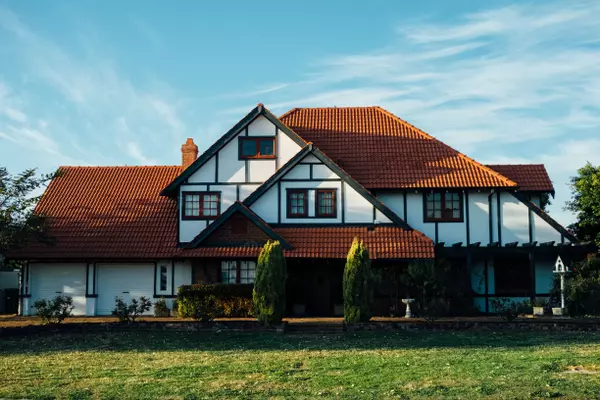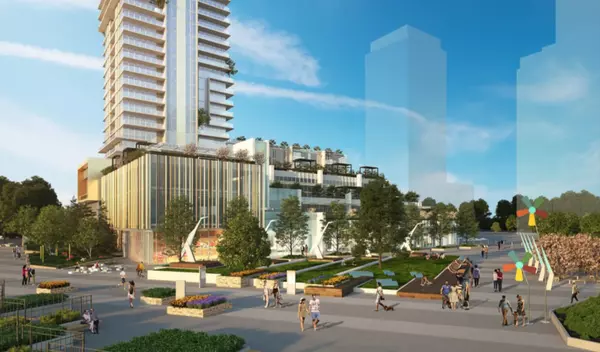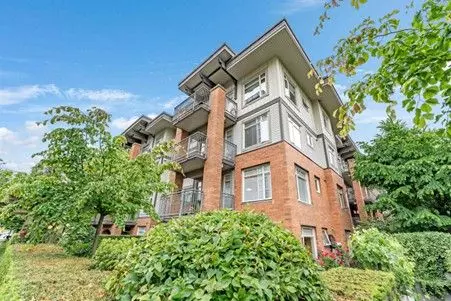Adaptive Reuse: Impacts on Communities and Local Markets
Adaptive reuse, where old buildings are repurposed for new uses, has become an increasingly important development strategy in Canada. As cities and smaller communities alike grapple with housing shortages, commercial vacancies, heritage preservation, and sustainability imperatives, adaptive reuse is reshaping local real estate markets in ways that affect both short- and long-term value. Beyond aesthetics or nostalgia, it offers a path toward economic revitalization, community resilience, and more flexible urban land use.
Driving Forces Behind Adaptive Reuse in Canada
Adaptive reuse is becoming more viable and more attractive across Canadian cities for a range of reasons.
The availability of underused or obsolete commercial and industrial spaces, especially given decreases in office and retail demand after the pandemic, has opened the door for transformation. In downtown cores such as Calgary and Toronto, significant office vacancy rates have prompted new policies encouraging conversion to residential or mixed-use models. Calgary’s Downtown Development Incentive Program, for example, incentivizes office-to-residential conversions, with some projects approved and underway.
There is also growing pressure to reduce construction-related carbon emissions. Adaptive reuse is increasingly viewed as a tool for municipalities and developers aligning with climate commitments. Extending building life through retrofit, repair, maintenance, and adaptive reuse is a key principle of the “circular economy”.
Housing affordability crises across provinces have created strong incentives for municipalities to accelerate the delivery of new units, including by streamlining approvals for adaptive reuse. The CMHC’s Housing Accelerator Fund aimed to support municipalities in their efforts to build “more homes, faster”, with some municipalities choosing to ease restrictions on conversions and infill projects as part of their approved plans.
Community-Level Impacts
Adaptive reuse can provide more than just housing or workspace. When successful, it contributes to community cohesion, cultural identity, and neighbourhood vibrancy. Converting schools, churches, warehouses, or civic buildings into housing, artist studios, community hubs, or commercial incubators preserves the urban fabric and often the historic feel, while bringing new life to neglected areas.
Even in smaller communities, such as Lethbridge or Saint John, adaptive reuse has helped retain heritage character while supporting downtown revitalization. Projects that transform older building stock into boutique accommodations, co-working spaces, or cultural venues can improve foot traffic and create spillover benefits for local businesses. In Prince Edward County, the transformation of older buildings into wineries, galleries, and short-term rentals has helped reposition the region as a lifestyle and tourism destination, contributing to rising land values and year-round economic activity.
Implications for Local Markets
From a market dynamics perspective, adaptive reuse introduces flexibility and a form of “micro-densification” that differs from greenfield development. In areas constrained by zoning or infrastructure, these projects make more efficient use of existing assets and can sometimes result in faster delivery timelines, depending on site conditions and permitting.
In Vancouver, where land scarcity is acute, the City has identified certain commercial corridors, including along arterial roads, as potential sites for mixed-use intensification, which may include adaptive reuse, providing a route to intensify without high-rise development. Likewise, Montreal’s experience with repurposing 20th-century industrial buildings into high-ceiling lofts or studio spaces has created new housing typologies that serve both rental and ownership markets while diversifying the urban housing stock.
However, market impacts are highly localized. Not every building is suitable for reuse, and feasibility hinges on a complex mix of structural integrity, zoning compliance, heritage protections, and cost. Cities with strong policy frameworks and clear permitting pathways are seeing more momentum. Where such frameworks are absent, challenges in financing and regulatory uncertainty can deter developers from pursuing reuse opportunities.
Economic and Policy Considerations
At a macro level, adaptive reuse can help municipalities meet intensification and climate goals while generating tax revenue from previously undervalued or vacant assets. However, financial incentives are often necessary to make these projects feasible. Grants, property tax relief, and expedited permitting remain important levers for governments hoping to encourage conversions.
Office-to-residential conversions offer a means of addressing housing shortages, revitalizing urban cores, and reducing embodied carbon through adaptive reuse. For investors, it can offer more options to consider.Successful conversions require coordinated action to address structural limitations, regulatory complexity, financial risk, infrastructure needs, and community integration. Cities like Calgary have shown there is potential in this model, however.
Recent Posts










